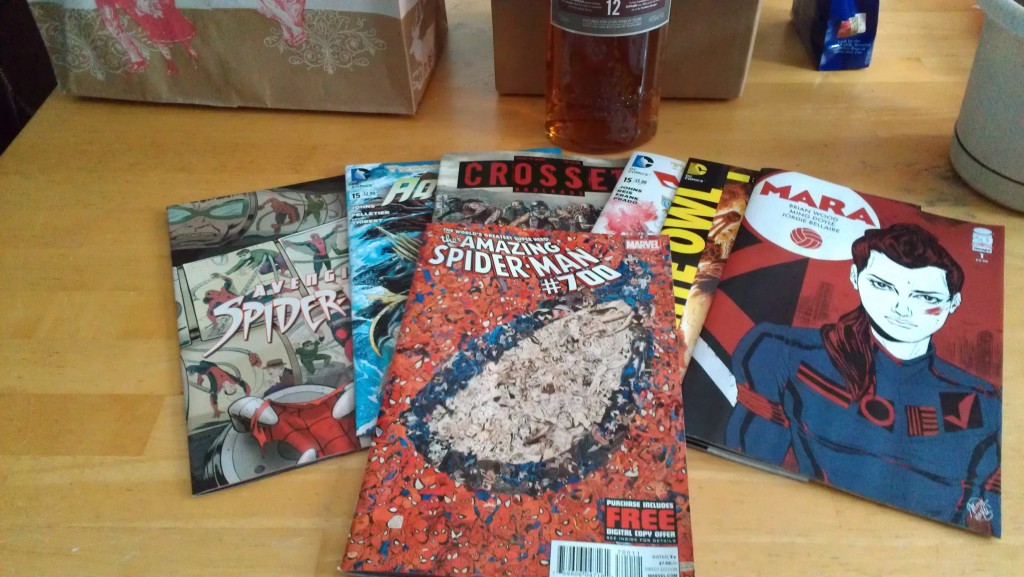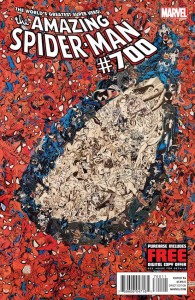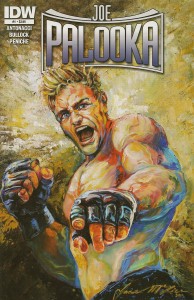Unless you’ve been off planet, you’ve probably noticed that news of the shake-up in the Marvel Universe, due to the events in Dan Slott’s Amazing Spider-Man, has even made it into the mainstream news. So, it’s probably just as well that it was a light week for most of the other books, what with the holidays and all interrupting normal publishing schedules. Between ASM stealing most of the comic news thunder and the after effects of holiday hangovers, it’s just a little hard to concentrate right now here at the Crisis On Infinite Midlives home office.
Which means that this…
…is the end of our broadcast day.
Not a bad little take: Amazing Spider-Man #700 (a double sized monstrosity or extravaganza, depending on where you fall with that series final resolution), Avenging Spider-Man #15.1 (which has a first glimpse of “The Superior Spider-Man”), Justice League #15, and, because there are still books in the world not published by Marvel or DC, Mara, by Brian Wood, Ming Doyle and Jordie Bellaire.
And, as ever, before we can review them, we need to read ’em. Which means we need to stop our hands from shaking long enough to turn some pages. Which means we need to get to the liquor store before it closes. So, until then…
…see you tomorrow, suckers!



 Podcast RSS Feed
Podcast RSS Feed iTunes
iTunes Google Play
Google Play Stitcher
Stitcher TuneIn Radio
TuneIn Radio Android
Android Miro Media Player
Miro Media Player Comics Podcast Network
Comics Podcast Network